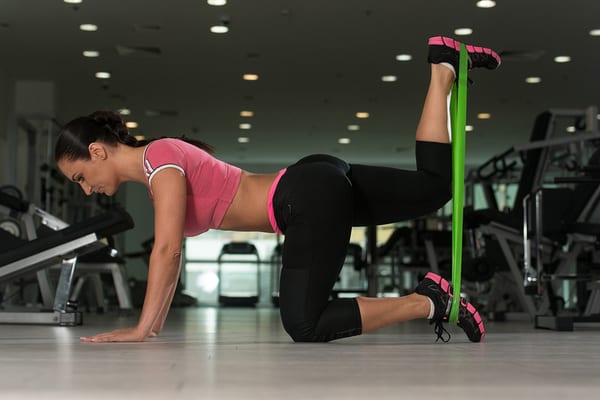Functional Fitness & Strength Training in Baltimore
While the word “plyometrics” may sound complicated, its roots derive from a simple concept: jumping. Of course, plyometric exercises involve a bit more than bouncing. Rather, it’s a strength-training technique that maximizes the benefits of jumping and other dynamic motions in order to build power, balance, and agility.
Here’s a closer look at plyometrics, along with how you can start putting the benefits of this popular workout component to work toward your own fitness training goals.
What are Plyometrics?
Plyometrics, AKA “plyo,” uses high-intensity, “explosive” movements to increase muscle power, strengthen bones, boost your heart rate, and burn calories. Explains Fitness.com, “Plyometric movements use strength and elasticity of muscle tissues to increase the speed or force of muscular contraction, therefore allowing someone to jump higher, move faster, throw harder, or to further improve performance in any particular sport.”
Basically, this occurs in two phases: the lengthening phase, during which muscles are “loaded”, followed by the stretch-shortening phase, the explosive movement in which muscles contract. Having trouble visualizing it? Think of it like stretching and snapping a rubber band, except, in the case of your muscles, they get a stretch every time you do it. Then, the next time you do the same move, you have that much more power behind it.
Concludes Fitness.com, of plyometrics, “The combination of stretching and contracting your muscles whips them into shape.”
Getting Started with Plyometrics
Plyometrics has many health benefits, and is an efficient way to take your workout to the next level. If you’re an athlete involved in high-impact sports, it can also help you improve your performance.
However, due to the high-impact and intense nature of plyometrics, jumping right into them (see what we just did there?) is ill-advised. As family medicine physician Dr. Melinda Ratini told WebMD, “When you’re getting started, work with an experienced trainer who can show you how to safely jump and land.” That advice is easy to follow. To begin reaping the benefits of plyometrics, sign up for a personal trainer session at Brick Bodies.
Once you’re ready to add plyometric exercises into your fitness routine, keep in mind that they should not be done every day because your muscles need time to recover. Workouts can either be based entirely around plyo, or plyo can be integrated into your usual routine.
The Many Types of Plyometric Exercises
According to Fitness.com, “There are thousands of plyometrics exercises…ranging in intensity. Common activities such as hopscotch, jumping rope, and even jumping jacks can be classified as plyometric exercise.”
While working with a personal trainer or during a fitness class, you are likely to encounter several other common plyometric movements , such as split jumps (a series of body movements in which a split is executed while still in the air); box jumps (jumping onto and dismounting from a raised stable surface, such as a box); and lateral jumps (squatting down, then jumping to the side.) And don’t forget about burpees!

Additionally, some plyometrics exercises may also use equipment, including everything from medicine balls to agility ladders.
While plyo movements may sound complicated on paper, a personal trainer can help you learn the best form to both maximize their impact and minimize the risk of injury.
When you were a kid, you loved anything that involved jumping, skipping, and hopping. So what’s different now? Ready to EXPLODE into your next workout challenge? Check out our classes here.






